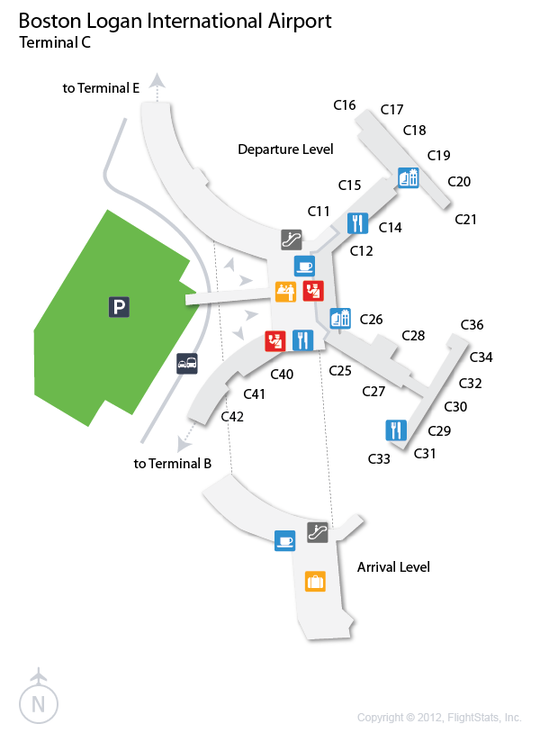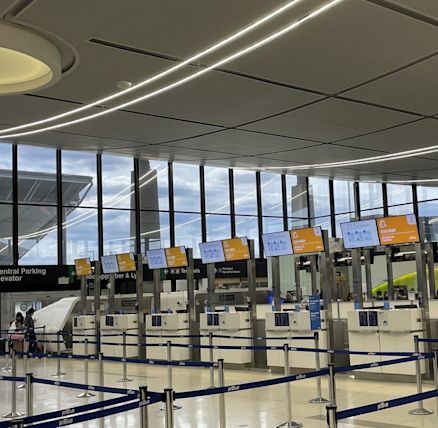


The team regularly explored the terminals on foot, identifying where more detail was needed, and where it could be sacrificed. Finding the balance was an iterative process, involving countless sketches and revisions. While too much detail can clutter and distract, oversimplification risks abstraction, making it difficult for travelers to connect the map with their environment. The simplified forms had an added benefit: updating the maps for future construction is now significantly quicker for Massport’s designers.Īll that said, a simpler map is not an inherently better map. This was an important early revelation, and helped inform the rest of the project. I peeled away the jet bridges, stores, restaurants, and private airport offices until only public walkable space remained. We quickly realized that the terminals’ exterior shapes, faithfully represented in the old maps with immense detail, were a distraction, largely irrelevant to travelers. This new system would be built around those that relied on the maps most: the tens of millions of passengers that travel through Logan each year. Our goal was to provide a single solution that would unify the mapping assets across the web, print, and signage throughout the airport.
#LOGAN AIRPORT TRMINAL C UPGRADE#
The maps suffered from Massport’s own success, as each upgrade to the airport’s infrastructure introduced new variations, constantly bifurcating the wayfinding system. Prior to our engagement, Logan Airport’s many maps were inconsistent and complex. For more details, check out the Fresh Tilled Soil case study. I served as lead designer for the project, with design support from my colleague Steve Hickey. Our human-centered design process carefully considered the traveler’s needs, and involved thorough research, user interviews, usability tests, and airport walkthroughs. While it is a large airport and can be difficult to navigate, there are a few things you should know in advance to make your trip as easy as possible.Beginning in the summer of 2013, Fresh Tilled Soil partnered with the Massachusetts Port Authority ( Massport) and Art of Context to overhaul the maps at Boston Logan International Airport. You can always walk between A and E.Īlthough we are lucky to have several options including Providence and Manchester, depending on your destination, Logan can often be the least expensive option. You will have to take an inter- terminal bus to get to E, recheck in at the desk, then go through International Security and finally walk to your gate. In this regard, can I walk from Terminal A to Terminal E at Logan? Inter- terminal connections between terminals 1, 2, and 3, and between them and the other terminals, require passengers to exit security, then walk or use a shuttle-bus to get to the other terminal, then re-clear security. One may also ask, can you walk between terminals? There are no physical airside connections between any of the other terminals. Logan shuttle buses run 24 hours a day, stop at each terminal every 15 to 20 minutes and are wheelchair-lift equipped. Walkways connect terminals B, C and E, and there are regular shuttle buses that go to every terminal, as well as the airport MBTA station, the Logan boat dock and economy parking. Similarly one may ask, can you go between terminals at Logan? Passengers making connections between domestic and international flights can walk post-security between Terminals C and E.


 0 kommentar(er)
0 kommentar(er)
